General Landscape Uses: Accent or specimen tree in residential and commerical landscapes.
Description: Medium to large tree with an erect trunk and a broad, dense, rounded crown. Bark reddish-brown, thick, roughened by thick scales. Leaves tropical semi-deciduous, compound, 4-8 inches long, dark green above.
Dimensions: Typically 30-50 feet in height; to 79 feet in South Florida. Taller than broad.
Growth Rate: Moderate to fast.
Range: Monroe and Miami-Dade counties; West Indies. In South Florida, native to the middle and upper Florida Keys (south to about Lower Matecumbe Key), the extreme southern peninsula along the shores of Florida Bay, and the Brickell Hammock area of the mainland where collected once in 1904. It is often planted outside of its historical range, and is now escaping from cultivation and sometimes invading conservation areas.
Habitats: Rockland hammocks and coastal berms.
Soils: Moist, well-drained limestone or calcareous sandy soils, with humusy top layer.
Nutritional Requirements: Moderate; can grow in nutrient poor soils, but needs some organic content to thrive.
Salt Water Tolerance: Low; does not tolerate long-term flooding by salt or brackish water.
Salt Wind Tolerance: Low; salt wind may burn the leaves.
Drought Tolerance: High; does not require any supplemental water once established.
Light Requirements: Full sun.
Flower Color: Greenish-yellow.
Flower Characteristics: Inconspicuous but fragrant.
Flowering Season: Spring-summer; peak in spring.
Fruit: Woody capsule splitting open to expose reddish-brown winged seeds.
Wildlife and Ecology: In South Florida, this is the only host of the critically imperiled mahogany mistletoe (Phoradendron rubrum).
Horticultural Notes: Can be grown from seed. It is important to select a main trunk and prune for a single leader when young. Cuban may beetles and mahogany webworms eat the leaves.
Comments: This is the original source of commercial mahogany, now replaced by Honduras mahogany (S. macrophylla). It was heavily logged in South Florida prior to the 1900s. Poaching of logs continued in the Florida Keys well into the late 20th century. It is listed as threatened by the state of Florida.

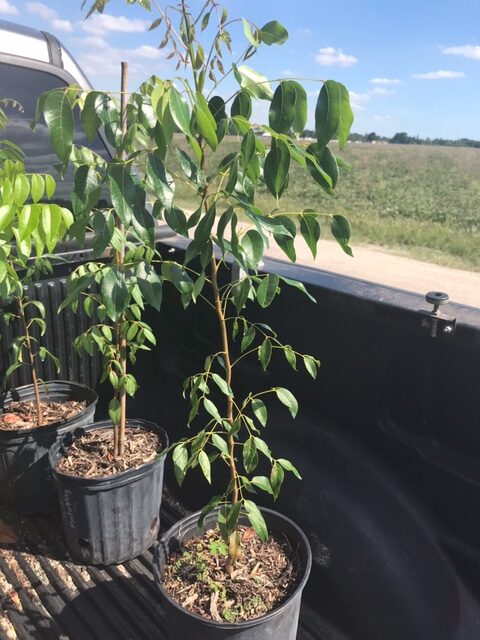

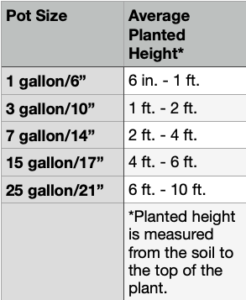
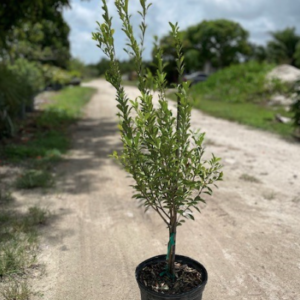
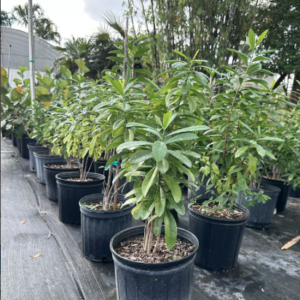
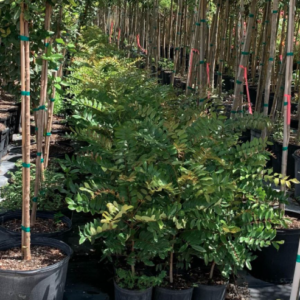
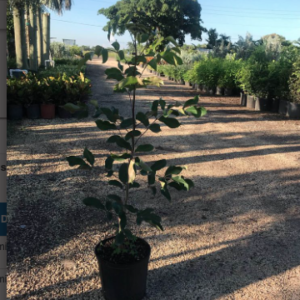
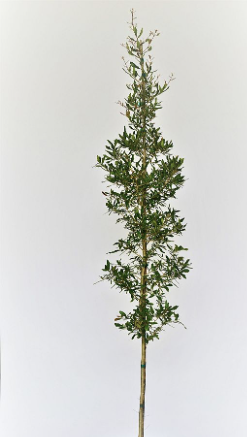
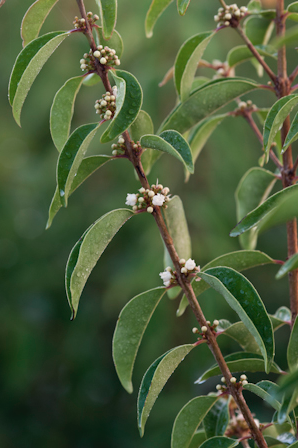
Reviews
There are no reviews yet.